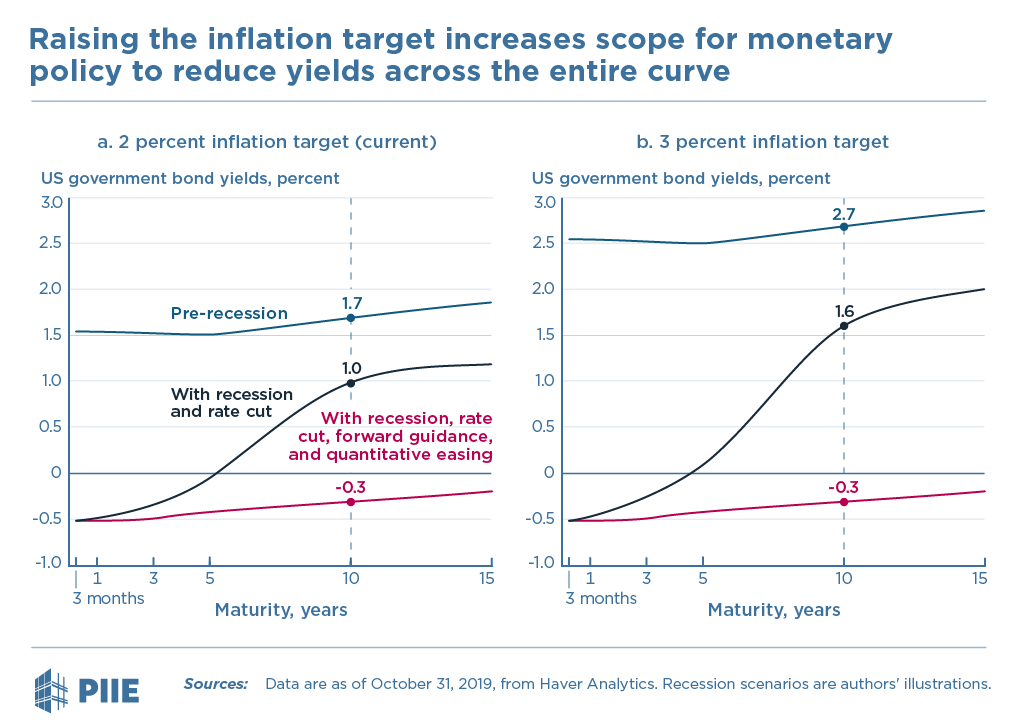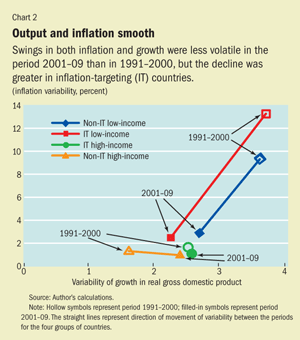Inflation targeting refers to the formal declaration of a specific range of inflation as an official policy, and it is typically executed by the central bank as a component of its monetary policy. The primary aim of this strategy is to achieve and maintain a stable and predictable inflation rate.
India adopted inflation targeting as a formal policy approach in February 2015. This adoption was solidified through an agreement between the Government of India (GoI) and the Reserve Bank of India (RBI), encapsulated in the Agreement on Monetary Policy Framework. This framework marked the official commencement of India’s journey into the realm of inflation targeting.


In 2016, the Reserve Bank of India (RBI) entered into an agreement with the Indian government, ushering in the establishment of the country’s inaugural monetary policy committee (MPC).
Mandate: This committee was entrusted with a critical mission – to maintain inflation within the range of 2-6% over the upcoming five years, pinpointing the goal at the midpoint of 4%.
India’s Flexible Inflation Targeting (FIT): India’s approach to flexible inflation targeting (FIT) requires the central bank to strive for a 4% retail inflation rate, permitting a maximum threshold of 6% and a minimum of 2%. The MPC, consisting of six members and presided over by the RBI governor, makes decisions regarding policy rates while holding this objective at the forefront.
Additional Dimension: The agreement also underscored that, when determining policy rates, the MPC should account for concerns related to economic growth.
Understanding Monetary Policy: Monetary policy is a reference to the central bank’s strategies concerning the utilization of financial instruments within its purview to achieve the goals outlined in the Act.
Responsibility of RBI: The Reserve Bank of India (RBI) bears the explicit responsibility of conducting monetary policy, as mandated by the Reserve Bank of India Act, 1934.
Primary Goal: The core aim of monetary policy is to preserve price stability, harmonizing this objective with the aspiration for sustainable economic growth. Price stability stands as a fundamental prerequisite for enduring and robust growth.
Legal Framework: In May 2016, amendments were made to the Reserve Bank of India (RBI) Act, 1934, furnishing a statutory basis for executing the flexible inflation targeting framework.
Inflation Target: Furthermore, the revised RBI Act allows the Government of India, in consultation with the Reserve Bank, to designate the inflation target once every five years. In line with this, the Central Government declared in the Official Gazette a 4% Consumer Price Index (CPI) inflation target, with an upper threshold of 6% and a lower threshold of 2%, spanning from August 5, 2016, to March 31, 2021.
Ongoing Debate: As the terms of the inaugural external members draw to a close, there exists a division of opinion among economists regarding the effectiveness of the inflation-targeting framework in the nation.
Differing Views: Some economists perceive the MPC as a noteworthy reform initiative that has successfully attained its primary objective of curbing inflation.
Current Emphasis: The present RBI governor, Shaktikanta Das, has been notably focused on growth, expressing more concerns related to economic growth rather than inflation in his public statements.
Policy Adjustment: Under Das’s leadership, the MPC has also transitioned toward a more accommodative stance. In contrast, the previous governor, Urjit Patel, was more vocal about inflationary concerns, resulting in fewer interest rate reductions during his tenure.

Pros and Cons of Inflation Targeting
| Pros | Cons |
|---|---|
| 1. Increased central bank transparency and accountability: Inflation targeting enhances transparency and accountability of central banks, making their policy decisions more predictable and understandable. | 1. Inflexible: Inflation targeting may lead to rigid monetary policies, which might not be suitable for addressing complex economic challenges or unexpected crises. |
| 2. Allows investors and the public to anticipate interest rate changes: Inflation targeting enables investors and the public to anticipate interest rate adjustments, leading to better financial planning and investment decisions. | 2. Can promote speculative bubbles: In some cases, a singular focus on inflation might result in excessive risk-taking and speculative bubbles in financial markets. |
| 3. Lowers inflation expectations: Inflation targeting helps in reducing long-term inflation expectations, which can contribute to price stability and economic growth. | 3. Inflation may not be the right target to promote economic stability: Focusing solely on inflation might ignore other vital economic indicators and dynamics, potentially hindering overall stability. |
| 4. Can constrain economic growth in some economies: Striving for very low inflation targets may lead to overly tight monetary policies that can stifle economic growth, particularly in certain economic conditions. |
